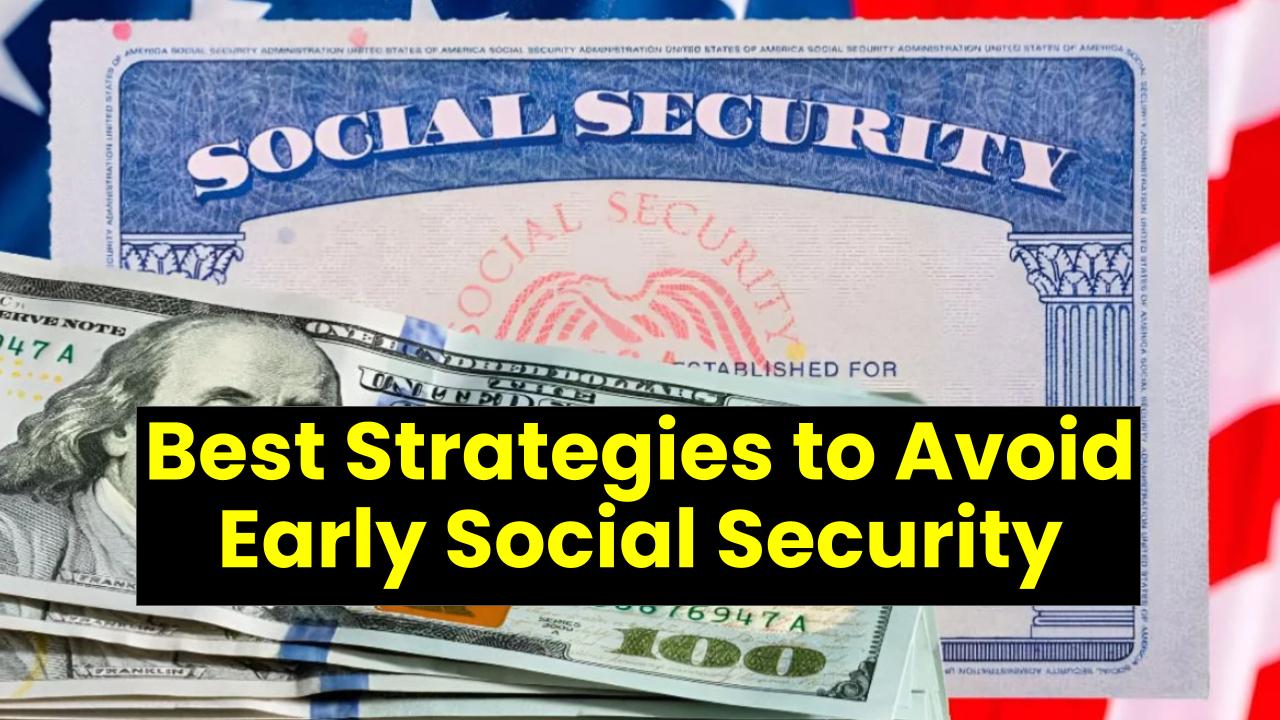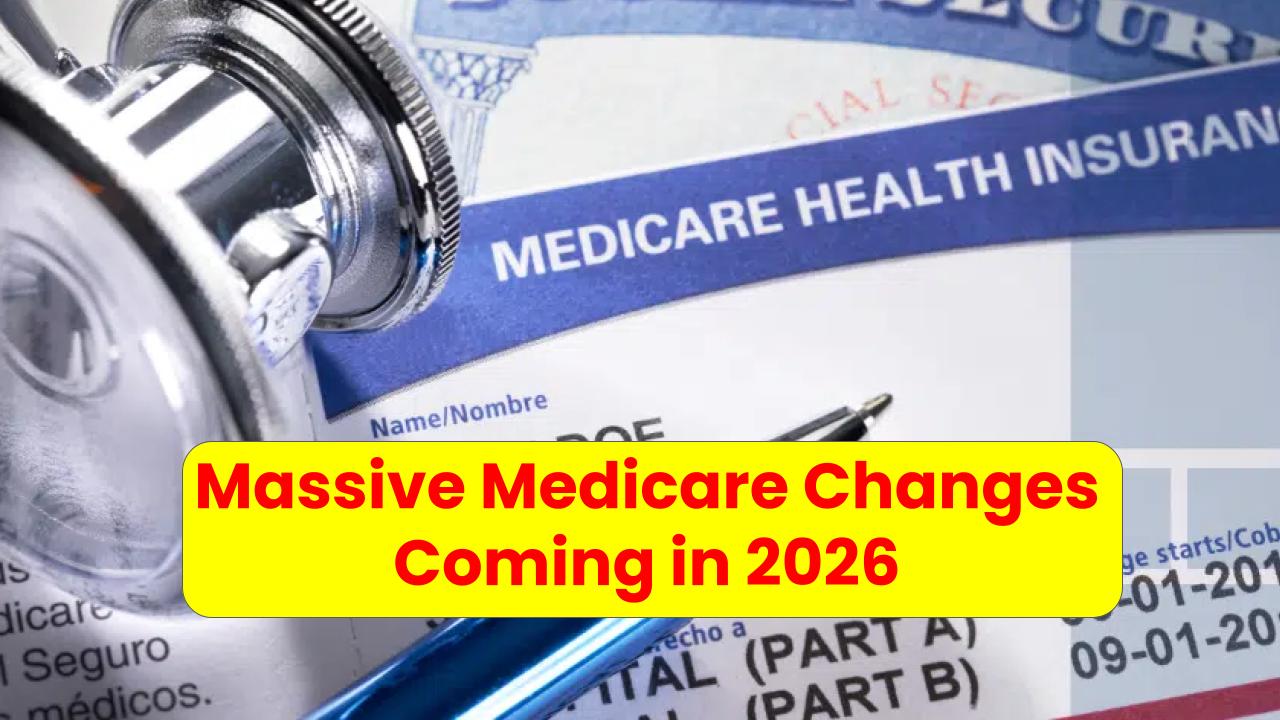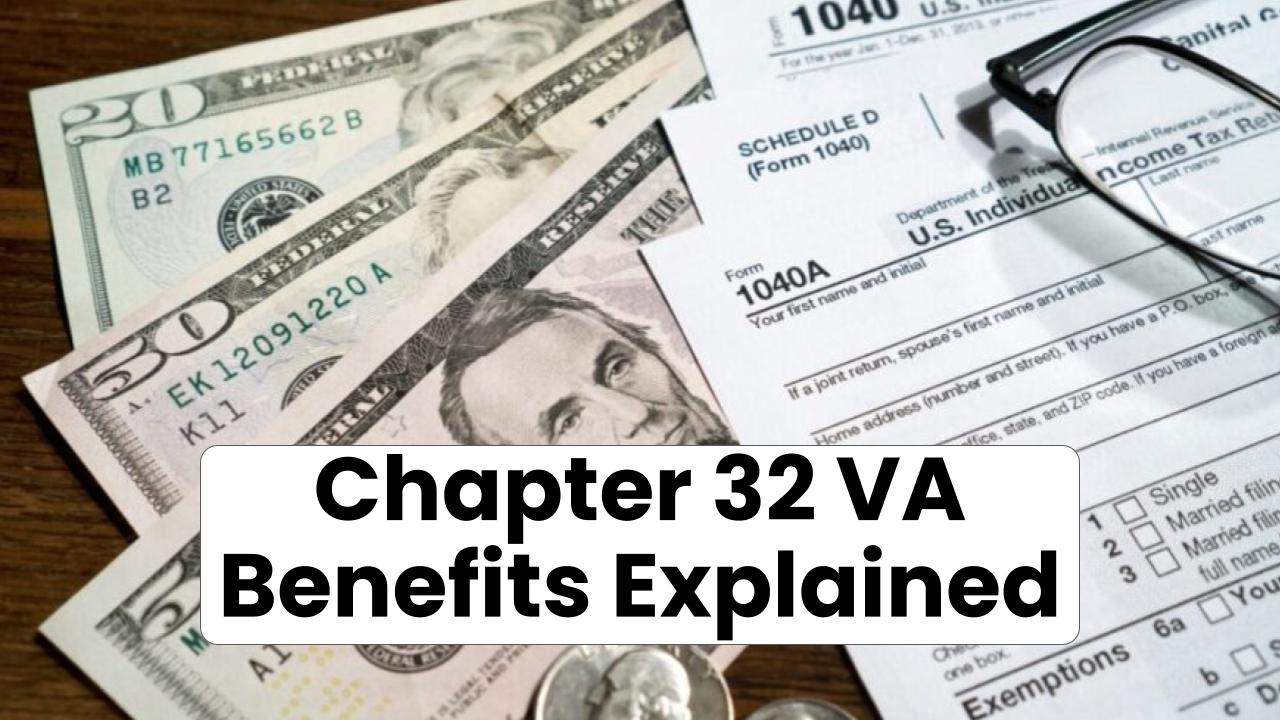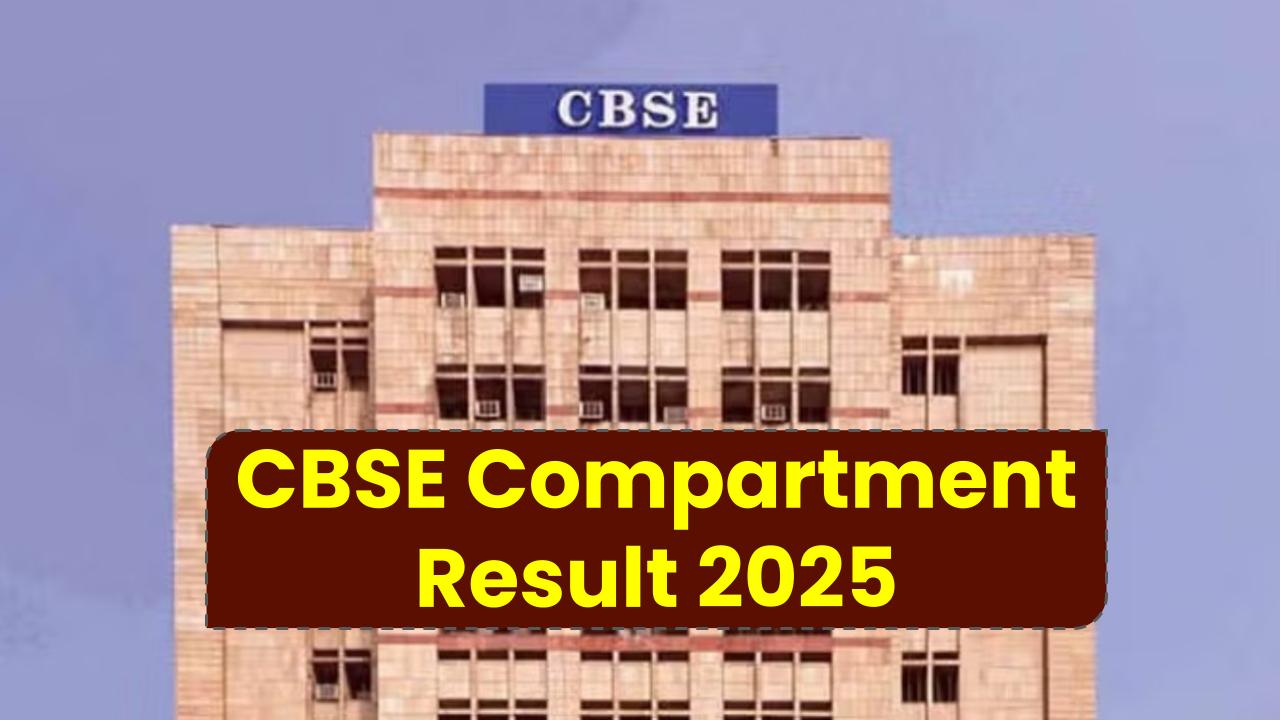If you’re one of the millions of Americans with federal student loans, you’ve probably heard by now: the Department of Education has temporarily frozen forgiveness under key Income-Based Repayment (IBR) plans. This move has caught many off guard, leaving borrowers wondering: What just happened? Am I still on track for forgiveness? And what do I do now?
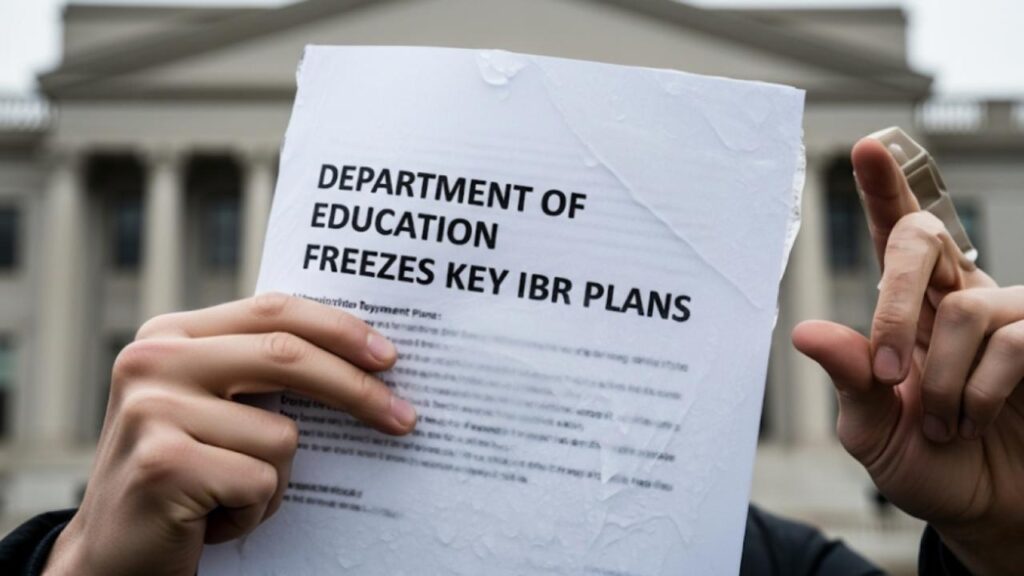
Department of Education Freezes Key IBR Plans
| Topic | Details |
|---|---|
| What Happened | Department of Education paused forgiveness for ~2 million borrowers under IBR plans |
| Why It Happened | System glitches and policy overlaps with SAVE plan court rulings |
| Who’s Affected | Borrowers on IBR with loans nearing forgiveness thresholds |
| When It May Resume | No firm date; system adjustments in progress |
| What To Do Now | Keep making payments; forgiveness credits will still count |
The Department of Education’s freeze on IBR forgiveness isn’t the end of the road—it’s just a bump. If you’re on IBR, stay the course. Keep making those payments, document everything, and rest assured your progress won’t be lost. The system may be paused, but your future doesn’t have to be.
Understanding the Freeze: What’s Really Going On?
Let’s clear the air: Income-Based Repayment (IBR) is still alive. No, the plan hasn’t been canceled. What the U.S. Department of Education has done is pause forgiveness processing under the IBR track—for now.
Why? It’s a tech-meets-policy mess. Here’s what happened:
- The SAVE plan, a newer income-driven plan introduced under the Biden administration, was temporarily blocked by courts in some states.
- IBR, SAVE, PAYE, and ICR all share backend systems for tracking qualifying payments for forgiveness.
- Because of the SAVE pause, the Department’s system that calculates forgiveness credits got tangled up.
- So even though IBR wasn’t legally blocked, the Education Department had to hit pause until they fix their software and data tracking systems.
What Is IBR and Why Should You Care?
If you’re new to this, here’s the quick rundown:
- IBR (Income-Based Repayment) is a federal plan that caps your student loan payment at 10-15% of your discretionary income.
- After 20-25 years of payments (depending on when you took out your loans), any remaining balance is forgiven.
- It’s especially helpful for borrowers with high debt but modest income, like teachers, nonprofit workers, or folks in lower-paying careers.
IBR is also a solid option for Parent PLUS borrowers—especially now that they’ve become eligible through consolidation, thanks to recent rule changes.
What This Means for You Right Now (Step-by-Step)
Here’s how to stay ahead of the curve if you’re in an IBR plan:
1. Keep Making Payments
Don’t skip your payment. Even though forgiveness is paused, your monthly payments still count toward eventual forgiveness. Plus, if you overpay once the system resets, you’ll likely get a refund for the overage.
“I’ve been on IBR for 22 years—am I just out of luck now?”
Nope. Your progress is frozen temporarily, not erased.
2. Track Your Qualifying Payments
Go to StudentAid.gov → log in → navigate to “Loan Simulator” or “My Aid.” Review your qualifying payments under IBR. Keep screenshots or written records just in case.
3. Avoid Entering Forbearance
Unless it’s an emergency, don’t request a forbearance or deferment. These periods typically don’t count toward forgiveness and could set you back.
4. Reassess Your Plan
IBR isn’t your only option. Depending on your situation, Revised Pay As You Earn (REPAYE) or SAVE (when active) might work better. Talk to a certified student loan counselor for personalized advice.
Try these trusted nonprofits:
What’s the Impact? Let’s Look at the Numbers
- 2 million borrowers are impacted by the IBR forgiveness freeze.
- Some have less than 12 months left until forgiveness—delaying their financial goals.
- According to the Department of Education, over 7.5 million borrowers are enrolled in IDR plans, with 80% on SAVE or IBR tracks.
- Borrowers on IDR plans typically save $250–$400/month compared to the standard 10-year plan.
Example Scenario: How This Hits Home
Let’s say you’re a nurse named Jasmine. You took out $65,000 in loans to get through school and have been paying under IBR for 21 years. You were supposed to hit 25 years in 2028, with $15K left to be forgiven.
With the pause, Jasmine doesn’t lose her progress. But she won’t get forgiveness until the system resets. If she keeps paying—and she should—she’ll either be refunded or credited those payments once the freeze lifts.
FAQs
Is IBR being canceled like SAVE or PAYE?
No. IBR is written into federal law. It’s not going away, although updates are expected after 2026 when the RAP (Repayment Assistance Plan) becomes the default for new borrowers.
Should I switch out of IBR?
Maybe. If you’re just starting repayment, SAVE (once resumed) might offer better benefits like $0 monthly payments for lower earners and faster forgiveness for smaller loans.
Can Parent PLUS loans use IBR?
Yes—via consolidation. Before 2024, these loans were only eligible for ICR, but now you can consolidate into a Direct Loan and enroll in IBR.
The Big Picture for 2026 and Beyond
By July 1, 2028, the Department of Education plans to phase out legacy plans like PAYE, SAVE (unless reauthorized), and ICR. Only IBR and the new RAP will remain.
In 2026, RAP becomes the default for new borrowers, and it aims to:
- Simplify repayment
- Protect low-income borrowers
- Reduce interest accumulation
What does that mean for you? Get familiar with these plans now so you can make the switch (or stay put) wisely.

